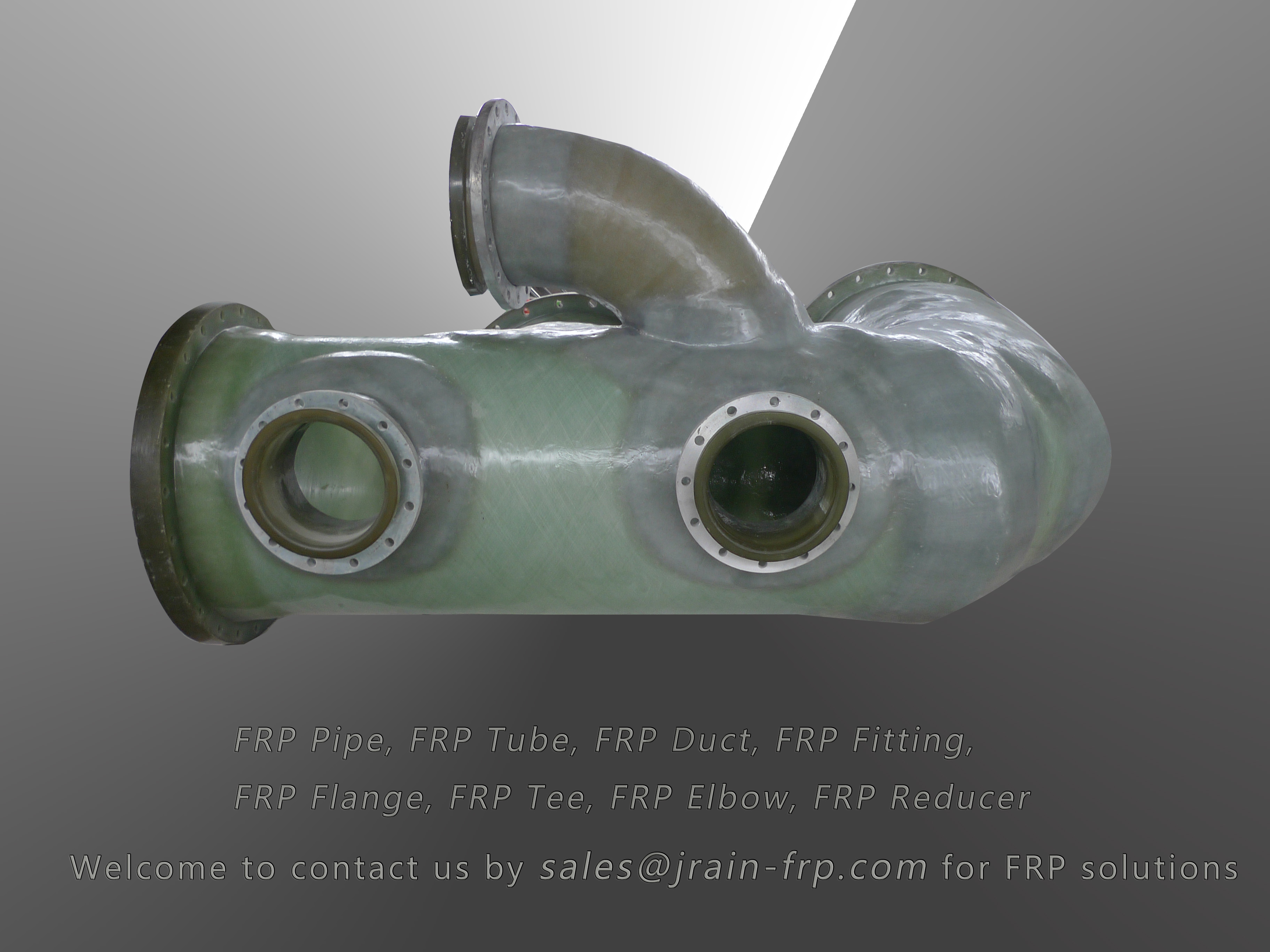
-
 Afrikaans
Afrikaans -
 Albanian
Albanian -
 Amharic
Amharic -
 Arabic
Arabic -
 Armenian
Armenian -
 Azerbaijani
Azerbaijani -
 Basque
Basque -
 Belarusian
Belarusian -
 Bengali
Bengali -
 Bosnian
Bosnian -
 Bulgarian
Bulgarian -
 Catalan
Catalan -
 Cebuano
Cebuano -
 China
China -
 China (Taiwan)
China (Taiwan) -
 Corsican
Corsican -
 Croatian
Croatian -
 Czech
Czech -
 Danish
Danish -
 Dutch
Dutch -
 English
English -
 Esperanto
Esperanto -
 Estonian
Estonian -
 Finnish
Finnish -
 French
French -
 Frisian
Frisian -
 Galician
Galician -
 Georgian
Georgian -
 German
German -
 Greek
Greek -
 Gujarati
Gujarati -
 Haitian Creole
Haitian Creole -
 hausa
hausa -
 hawaiian
hawaiian -
 Hebrew
Hebrew -
 Hindi
Hindi -
 Miao
Miao -
 Hungarian
Hungarian -
 Icelandic
Icelandic -
 igbo
igbo -
 Indonesian
Indonesian -
 irish
irish -
 Italian
Italian -
 Japanese
Japanese -
 Javanese
Javanese -
 Kannada
Kannada -
 kazakh
kazakh -
 Khmer
Khmer -
 Rwandese
Rwandese -
 Korean
Korean -
 Kurdish
Kurdish -
 Kyrgyz
Kyrgyz -
 Lao
Lao -
 Latin
Latin -
 Latvian
Latvian -
 Lithuanian
Lithuanian -
 Luxembourgish
Luxembourgish -
 Macedonian
Macedonian -
 Malgashi
Malgashi -
 Malay
Malay -
 Malayalam
Malayalam -
 Maltese
Maltese -
 Maori
Maori -
 Marathi
Marathi -
 Mongolian
Mongolian -
 Myanmar
Myanmar -
 Nepali
Nepali -
 Norwegian
Norwegian -
 Norwegian
Norwegian -
 Occitan
Occitan -
 Pashto
Pashto -
 Persian
Persian -
 Polish
Polish -
 Portuguese
Portuguese -
 Punjabi
Punjabi -
 Romanian
Romanian -
 Russian
Russian -
 Samoan
Samoan -
 Scottish Gaelic
Scottish Gaelic -
 Serbian
Serbian -
 Sesotho
Sesotho -
 Shona
Shona -
 Sindhi
Sindhi -
 Sinhala
Sinhala -
 Slovak
Slovak -
 Slovenian
Slovenian -
 Somali
Somali -
 Spanish
Spanish -
 Sundanese
Sundanese -
 Swahili
Swahili -
 Swedish
Swedish -
 Tagalog
Tagalog -
 Tajik
Tajik -
 Tamil
Tamil -
 Tatar
Tatar -
 Telugu
Telugu -
 Thai
Thai -
 Turkish
Turkish -
 Turkmen
Turkmen -
 Ukrainian
Ukrainian -
 Urdu
Urdu -
 Uighur
Uighur -
 Uzbek
Uzbek -
 Vietnamese
Vietnamese -
 Welsh
Welsh -
 Bantu
Bantu -
 Yiddish
Yiddish -
 Yoruba
Yoruba -
 Zulu
Zulu
FRP Stair Treads for Enhanced Safety and Durability in High-Traffic Areas
FRP Stair Treads A Durable and Safe Solution for Modern Architecture
In modern construction and renovation, material choice plays a crucial role in ensuring safety, durability, and aesthetic appeal. One innovative solution that has gained popularity is Fiber Reinforced Polymer (FRP) stair treads. These treads offer a multitude of benefits, making them an ideal choice for various applications, from commercial buildings to residential homes.
Understanding FRP
Fiber Reinforced Polymer is a composite material composed of a polymer matrix reinforced with fibers, usually made from glass, carbon, or aramid. This unique composition provides exceptional strength-to-weight ratios, corrosion resistance, and durability. As a result, FRP stair treads are not only lightweight but also robust enough to withstand heavy foot traffic and harsh environmental conditions.
Benefits of FRP Stair Treads
1. Enhanced Safety FRP stair treads are designed with safety in mind. They typically come with anti-slip surfaces, reducing the risk of accidents in both wet and dry conditions. This feature is particularly beneficial in industrial settings where spills are common, or in outdoor environments where weather changes can create slippery conditions.
2. Durability and Longevity One of the standout features of FRP is its resistance to corrosion, rust, and degradation. Unlike traditional materials such as wood or metal, FRP won’t splinter, peel, or corrode over time, making it an ideal choice for locations exposed to moisture or chemicals. This longevity translates into lower maintenance costs and a longer lifespan for facilities.
frp stair tread

3. Lightweight Construction The lightweight nature of FRP makes it easier to handle and install compared to traditional materials. This helps reduce labor costs and installation time, making it a more efficient option for construction projects. Additionally, its lightweight characteristics do not compromise structural integrity.
4. Customizability FRP stair treads can be manufactured in various colors, sizes, and designs, allowing architects and designers to create tailored solutions that meet specific aesthetic needs. This level of customization ensures that safety features can also align with the overall design language of a building, enhancing its visual appeal.
5. Eco-Friendly Options Many manufacturers are now producing FRP products with sustainability in mind. Some materials can be sourced from recycled fibers, and the production process can be designed to minimize environmental impact. As a result, FRP stair treads represent a responsible choice for environmentally conscious builders and consumers.
Applications of FRP Stair Treads
FRP stair treads find applications in a wide range of environments. From commercial buildings where high foot traffic is expected, such as shopping malls and office complexes, to industrial sites that require robust safety measures, FRP treads are versatile enough to meet diverse needs. They are also suitable for residential properties, providing an aesthetic and functional solution for home staircases.
Conclusion
In conclusion, FRP stair treads present a modern solution that caters to the demands of safety, durability, and design flexibility in various architectural contexts. Their unique properties not only enhance the safety of stairways but also contribute to the longevity and efficiency of construction projects. As the industry shifts towards sustainable and innovative building materials, FRP stair treads stand out as an excellent choice for those looking to combine functionality with style. Whether for a new build or a renovation, opting for FRP stair treads is a decision that promises to enhance both the safety and aesthetic quality of stairways across diverse settings.
Latest news
-
Oblate Tanks: Space-Saving, Durable Liquid Storage SolutionsNewsAug.27,2025
-
High-Performance Piping System Solutions for Industry & Commercial UseNewsAug.26,2025
-
Precision Fittings: Durable & Reliable Industrial & Plumbing SolutionsNewsAug.25,2025
-
Practical Steps: Unlock Success with Our Proven GuidesNewsAug.24,2025
-
Transport Tanks: Safe, Durable & Efficient Liquid HaulingNewsAug.23,2025
-
High-Quality Piping Systems for Efficient Flow & DurabilityNewsAug.22,2025









